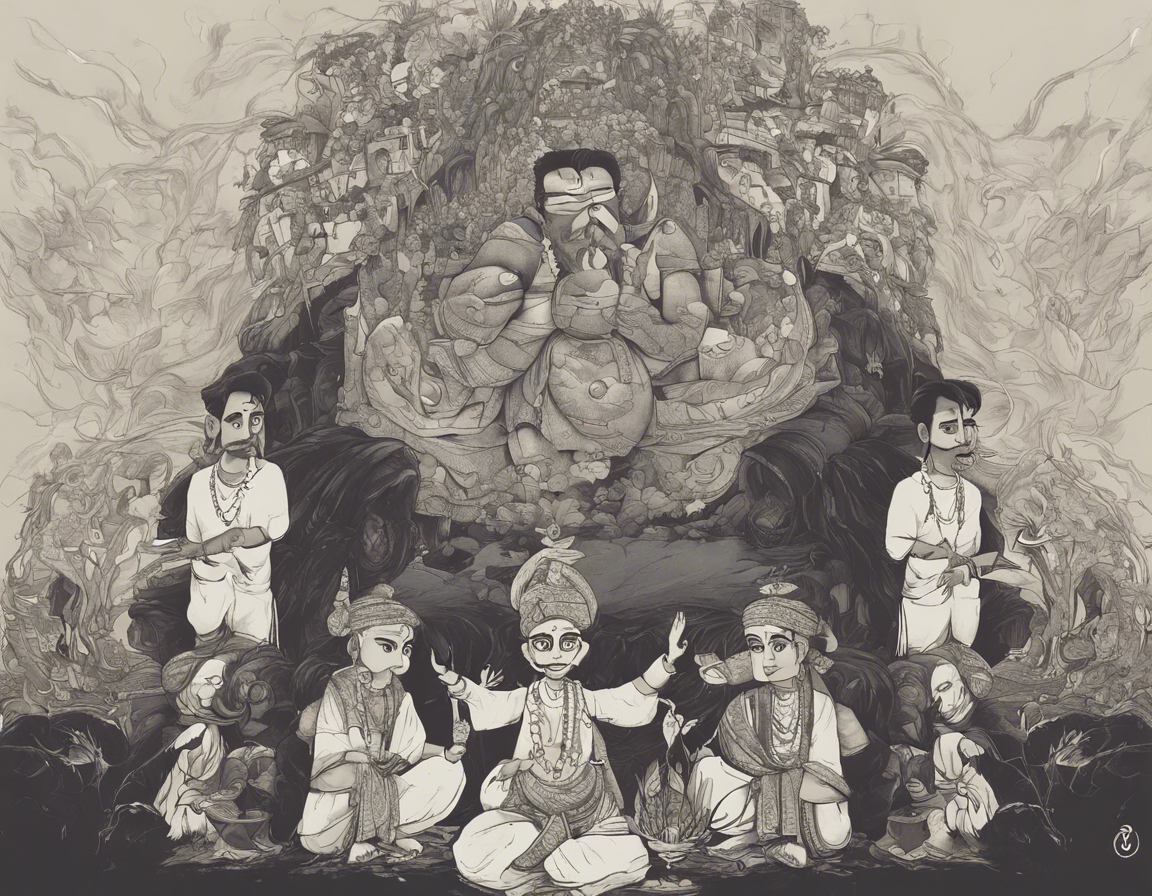Introduction
Peasant Raj refers to the socio-political system prevalent in rural India during the colonial era, where the power and authority rested with the rural peasantry. This system played a significant role in shaping the economic, social, and political landscape of rural India, and understanding it is crucial to comprehend the dynamics of pre-independence India. In this article, we will delve into the origins, characteristics, and impact of Peasant Raj.
Origins of Peasant Raj
Peasant Raj emerged as a response to the exploitative practices of landlords and moneylenders during the colonial period. With the introduction of the Permanent Settlement Act in 1793, many peasants lost their land rights and were subjected to exorbitant taxes and rents, pushing them into a cycle of debt and poverty. In such a scenario, the peasants began to organize themselves to resist the oppressive measures of the colonial administration and local elites. This led to the emergence of a parallel power structure where the peasants collectively wielded authority in their villages.
Characteristics of Peasant Raj
1. Collective Decision-Making: In the Peasant Raj system, decisions concerning land cultivation, resource allocation, dispute resolution, and community welfare were made collectively by the village peasantry.
-
Democratic Practices: Contrary to the autocratic rule of landlords, Peasant Raj operated on democratic principles where decisions were taken through consensus-building and participatory processes.
-
Redistribution of Resources: Peasant Raj aimed at equitable distribution of resources among the villagers, ensuring that every member had access to land, water, and other essential resources.
-
Conflict Resolution Mechanisms: Disputes and conflicts were resolved through local councils or Panchayats, which were comprised of elders and respected members of the community.
Impact of Peasant Raj
The Peasant Raj system had far-reaching implications on rural society and the freedom struggle in India:
-
Empowerment of Peasants: By giving voice and agency to the rural peasantry, Peasant Raj empowered them to challenge oppressive policies and demand their rights.
-
Role in Freedom Struggle: Many leaders of the freedom movement, such as Mahatma Gandhi and Bal Gangadhar Tilak, drew inspiration from the principles of Peasant Raj and advocated for swaraj or self-rule at the village level.
-
Social Cohesion: The collective action and solidarity fostered by Peasant Raj strengthened social bonds within villages and promoted a sense of community ownership and responsibility.
Challenges and Legacy
Despite its progressive nature, Peasant Raj faced challenges from both the colonial administration and traditional elites who sought to maintain their dominance. The legacy of Peasant Raj can be seen in the decentralized governance structures of modern Panchayati Raj institutions in India, which aim to empower local communities and deepen grassroots democracy.
FAQs
-
What led to the decline of Peasant Raj in India?
The decline of Peasant Raj can be attributed to various factors, including the consolidation of British colonial power, the introduction of landlordism, and the implementation of land revenue policies that favored the elites. -
How did Peasant Raj contribute to the freedom struggle in India?
Peasant Raj provided a platform for rural communities to mobilize against British rule, participate in civil disobedience movements, and assert their right to self-governance. -
Was Peasant Raj a form of proto-democracy in rural India?
Yes, Peasant Raj can be viewed as a precursor to democratic practices, as it emphasized participatory decision-making, inclusivity, and social equality within village communities. -
What were the major differences between Peasant Raj and Zamindari system?
The Zamindari system involved the transfer of land rights to intermediaries (zamindars) who collected revenue on behalf of the British colonial administration, while Peasant Raj was based on collective ownership and management of land by the rural peasantry. -
How did Peasant Raj influence land reforms in independent India?
The principles of Peasant Raj, such as land redistribution, community participation, and equitable resource allocation, influenced the land reform policies implemented by the Indian government post-independence.
In conclusion, Peasant Raj represented a unique form of rural governance that embodied principles of equality, participation, and community solidarity. While its direct influence may have waned over time, its legacy continues to resonate in the collective memory of rural India and in the ongoing struggles for social justice and empowerment.

